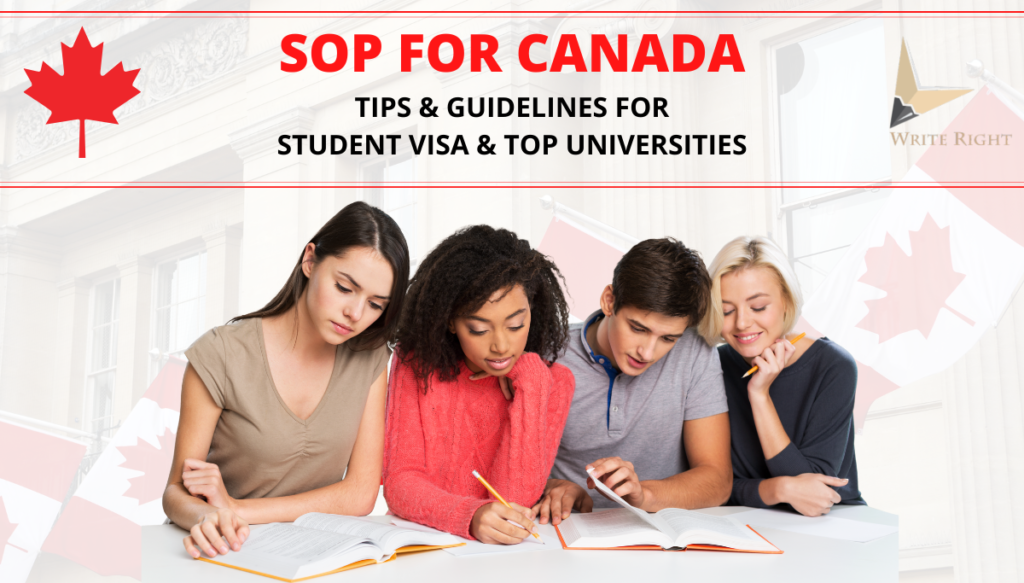
Canada is a top choice for many students aiming for higher education. Universities like the University of Toronto, McGill University, McMaster University, and the University of Montreal are particularly popular. Every year, thousands of international students apply to study in Canada. To stand out in this competitive environment, a well-crafted Statement of Purpose (SOP) is essential. This document helps Canadian universities and visa officials understand your motivations and suitability.
Understanding the SOP for Canada
An SOP is a personal essay where you explain why you want to study a particular program in Canada and why you’re a good fit. It’s typically between 1,000 to 1,500 words, but this can vary depending on the university’s requirements.
Types of SOP for Canada: University vs. Visa Applications
When applying to study in Canada, you’ll need to prepare two types of SOPs:
-
SOP for University Applications: This focuses on your academic background, reasons for choosing the specific course and university, and your career goals. It’s your chance to showcase why you’re a good fit for the program.
-
SOP for Visa Applications: This emphasizes why you want to study in Canada, your chosen program, and your plans after completing your studies. It’s crucial to assure visa officials that you intend to return to your home country after your studies
Key Elements to Include in Your SOP for Canada
-
Introduction: Start with a compelling statement about your interest in the field.
-
Academic Background: Detail your educational history, highlighting relevant achievements.
-
Professional Experience: If applicable, mention internships, projects, or jobs related to your chosen field.
-
Reasons for Choosing Canada and the Specific University: Explain why you prefer Canada over other countries and why you’ve selected this particular institution.
-
Details About the Program: Discuss the program’s specifics and how they align with your interests and goals.
-
Gap Year Explanation: If you’ve taken any breaks in your education, provide valid reasons and explain how you utilized that time.
-
Future Goals: Outline your career objectives and how this program will help you achieve them.
-
Financial Stability: Assure that you have the means to support yourself during your studies.
Tips for Writing an Effective SOP for Canada
-
Be Honest and Authentic: Present your genuine motivations and aspirations.
-
Stay Concise and Clear: Avoid unnecessary jargon and keep your language straightforward.
-
Proofread Thoroughly: Ensure your SOP is free from grammatical errors and typos.
-
Customize for Each Application: Tailor your SOP to reflect the specific university and program you’re applying to.
Common Mistakes to Avoid In Canada SOP
-
Submitting a Generic SOP: Avoid using the same SOP for multiple applications without customization.
-
Overloading with Flattery: While it’s good to express admiration for the university, excessive praise can seem insincere.
-
Ignoring Word Limits: Adhere to the specified word count to show you can follow guidelines.
Recent Changes to Consider
As of September 2024, Canada has tightened rules on study permits and work permits for temporary residents. The number of study permits for foreign students will be reduced to 437,000 by 2025, down from 509,390 in 2023. Additionally, work permit eligibility will be limited for spouses of some students and temporary foreign workers. These measures aim to address concerns over housing affordability and the cost of living.
Conclusion
Crafting a strong SOP for Canada is crucial for your application to Canadian universities and for obtaining a study visa. By clearly articulating your motivations, qualifications, and future plans, you can present a compelling case for your candidacy. Remember to stay authentic, be concise, and tailor your SOP to each application.
Also Read:




